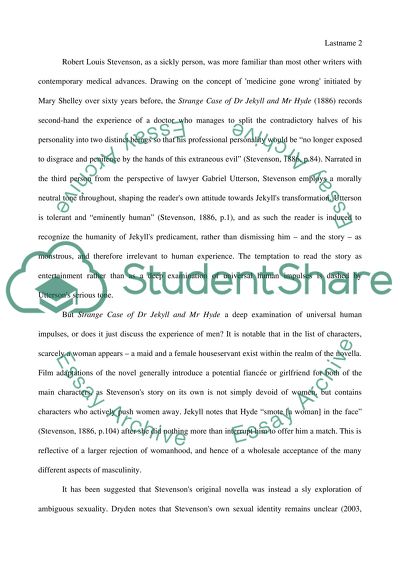Cite this document
(“The Victorian fear of degeneration in literature Essay”, n.d.)
Retrieved from https://studentshare.org/literature/1417215-the-victorian-fear-of-degeneration-in-literature
Retrieved from https://studentshare.org/literature/1417215-the-victorian-fear-of-degeneration-in-literature
(The Victorian Fear of Degeneration in Literature Essay)
https://studentshare.org/literature/1417215-the-victorian-fear-of-degeneration-in-literature.
https://studentshare.org/literature/1417215-the-victorian-fear-of-degeneration-in-literature.
“The Victorian Fear of Degeneration in Literature Essay”, n.d. https://studentshare.org/literature/1417215-the-victorian-fear-of-degeneration-in-literature.


